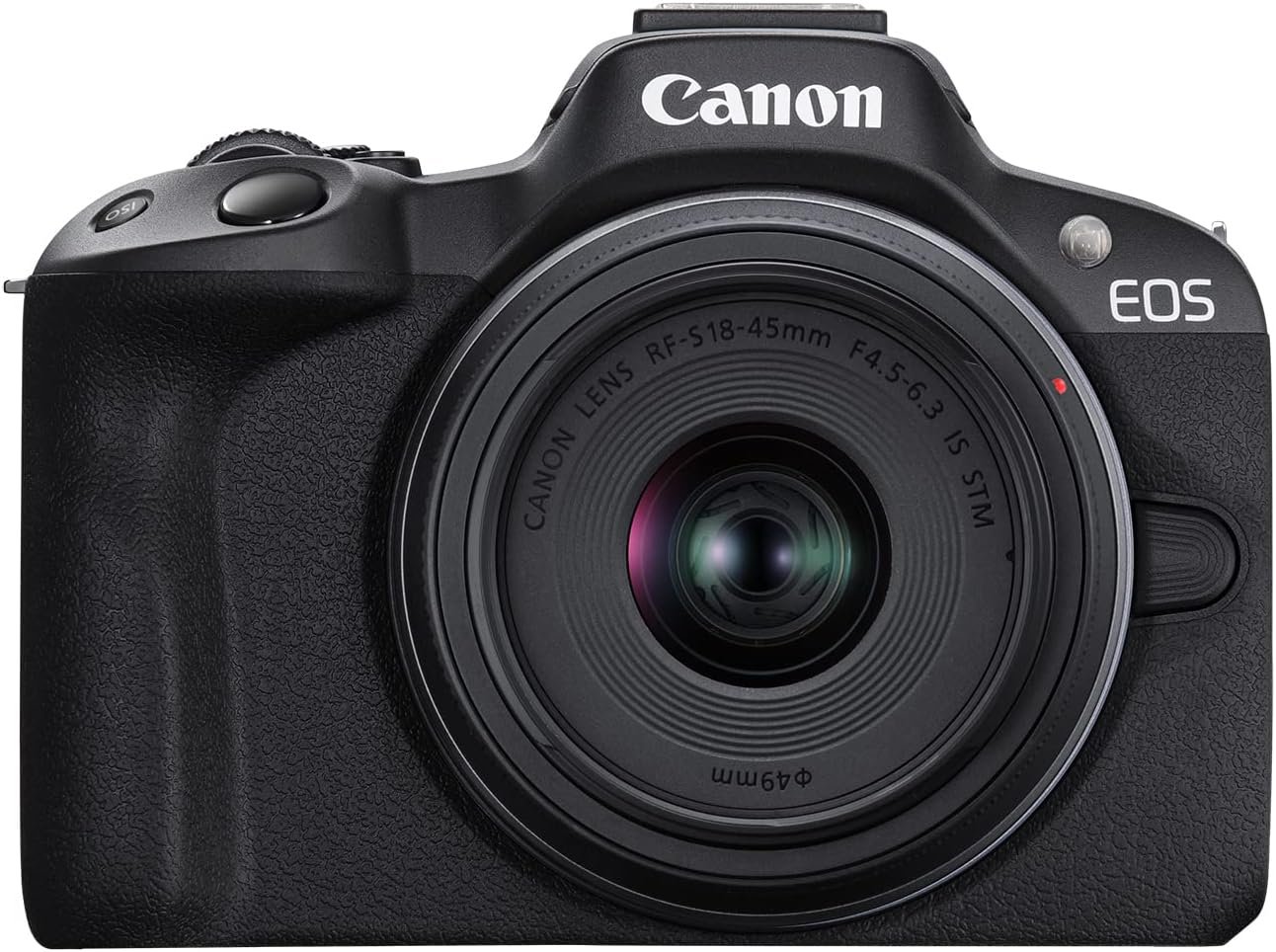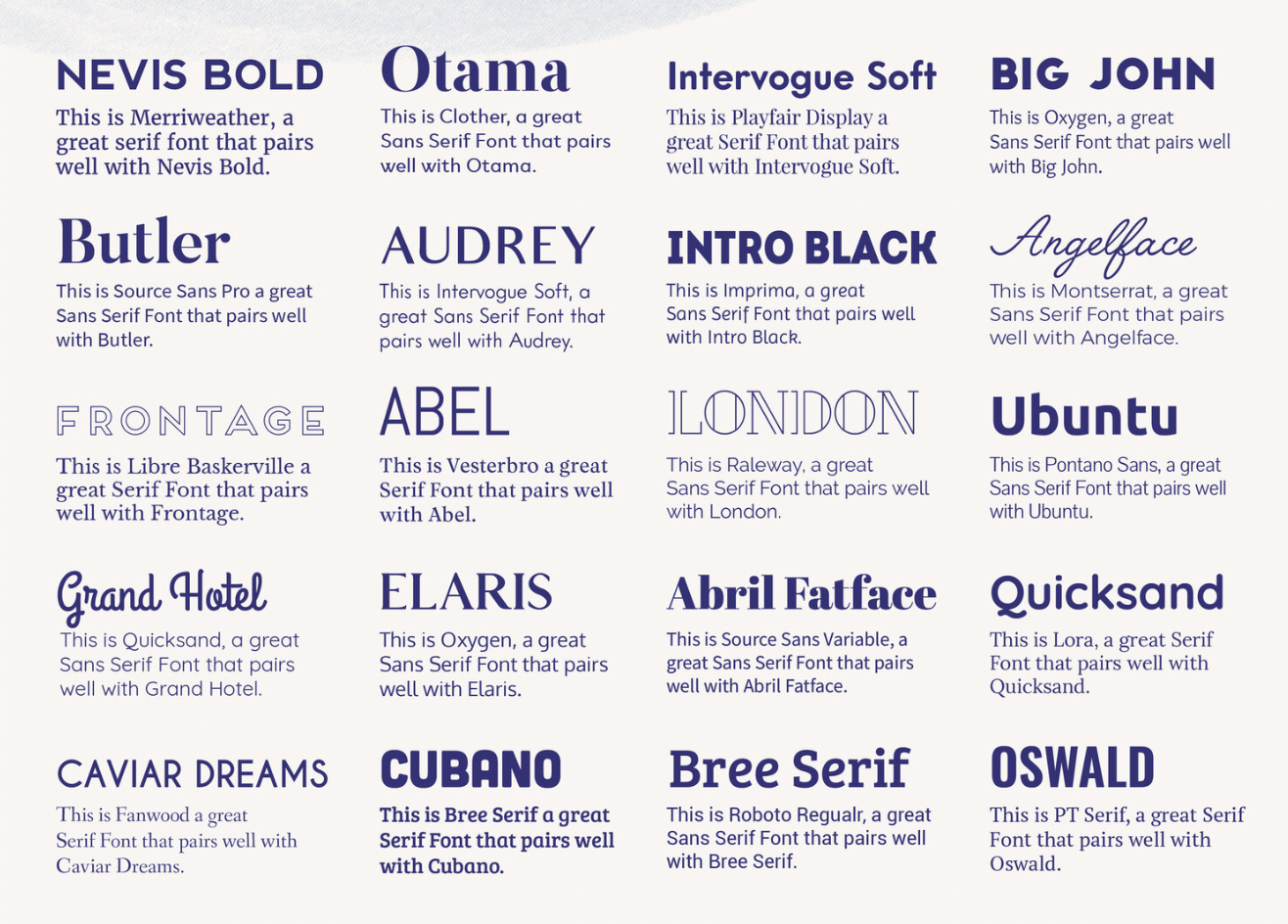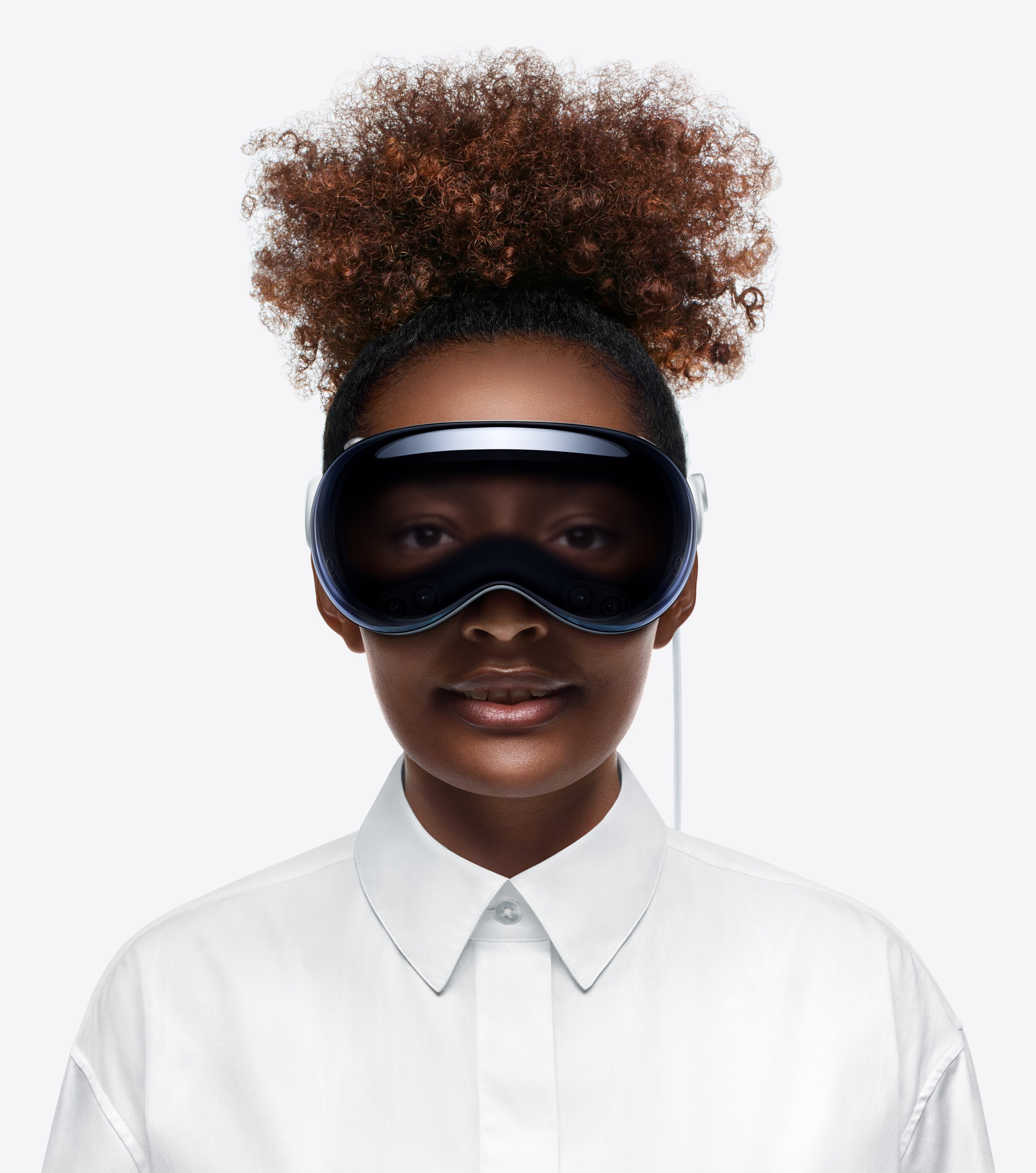What is Shutter Speed?
Disclosure: This post contains affiliate links. By purchasing through these affiliate links, you are directly supporting us as creators at no extra cost to you which helps us make more videos and articles!
When it comes to capturing stunning photographs, many factors come into play. From lighting and composition to equipment and techniques, photographers have an array of tools at their disposal. One such tool that plays a crucial role in photography is shutter speed. In this blog post, we will delve into what shutter speed is and why it matters in photography.
What is Shutter Speed?
In simple terms, shutter speed refers to the length of time that a camera shutter remains open, allowing light to reach the camera's image sensor or film. It determines precisely how long the camera's sensor is exposed to light. Shutter speed is typically measured in fractions of a second, ranging from fractions of a second (e.g., 1/2000) to several seconds (e.g., 30").
Effects of Shutter Speed
Understanding the effects of different shutter speeds is essential for controlling exposure and capturing desired photographic outcomes. The primary effects are as follows:
1. Motion Freeze or Blur: Shutter speed can freeze a moving subject or introduce blur into the photograph. Fast shutter speeds (e.g., 1/1000 or faster) are ideal for freezing fast action, such as sports photography or wildlife in motion. On the other hand, slow shutter speeds (e.g., 1/30 or slower) can create intentional motion blur, adding a sense of dynamism to subjects like running water or moving cars.
2. Exposure and Light Control: Shutter speed significantly affects the overall exposure of an image. Longer shutter speeds allow more light to reach the sensor, resulting in brighter images. Conversely, faster shutter speeds reduce the amount of light reaching the sensor, leading to darker images. By adjusting the shutter speed, photographers can balance exposure based on their desired aesthetic.
3. Depth of Field (DoF): Shutter speed plays a role in controlling the depth of field in a photograph. A wider aperture (smaller f-stop number) combined with a slower shutter speed can create a shallower depth of field, resulting in a blurred background and the main subject in sharp focus. This technique is often used in portrait photography to achieve a pleasing bokeh effect.
Choosing the Right Shutter Speed
The choice of shutter speed depends on the specific situation and the desired outcome. Here are a few tips to guide you in choosing the right shutter speed:
1. Consider the Subject: If your subject is in motion, you'll want to freeze the action with a faster shutter speed. Conversely, if you want to show motion or create artistic effects, slower shutter speeds will be more suitable.
2. Lighting Conditions: Assess the available light and adjust the shutter speed accordingly. In low light situations, longer shutter speeds may be necessary to capture enough light, but beware of introducing camera shake or subject blur.
3. Stabilization: If you're shooting handheld, be mindful of camera shake. As a general rule of thumb, try to keep your shutter speed faster than the reciprocal value of your focal length (e.g., if you're shooting at 50mm, use a shutter speed of at least 1/50).
4. Experiment and Practice: Photography is an art that requires experimentation and practice. Don't be afraid to try different shutter speeds and observe the results. You'll gain a better understanding of how they affect your images through hands-on experience.
Guess These Example Photos
Here are a few examples of images where the shutter speed was used mindfully. Try to figure out if the shutter speed was FAST or SLOW based on the image result. Answers are at the end of this post. Note: the photo designation (eg: A2) is at the bottom of each photo.
Photo A1
Photo A2
Photo A3
Photo A4
Photo A5
Could you tell which images were captured using fast or slow shutter speed? Answers are at the end of this post. Note: the photo designation (eg: A2) is at the bottom of each photo.
Cameras I recommend
All cameras will have more or less the same shutter speed options but these are the ones I personally prefer and recommend to new photographers:
Canon EOS R50 - regarded as the best budget camera and my personal favorite
While shutter speed is primarily regarded for photo cameras, in the cinema camera world the terminology used is shutter angle.
Shutter Speed Photo Answers
Photo A1 - SLOW
Photo A2 - SLOW
Photo A3 - FAST
Photo A4 - SLOW
Photo A5 - FAST
How many did you get right? If you got them all, congratulations! You now understand shutter speed! If not, go back to the beginning of this post and try again! Thanks for reading!
























